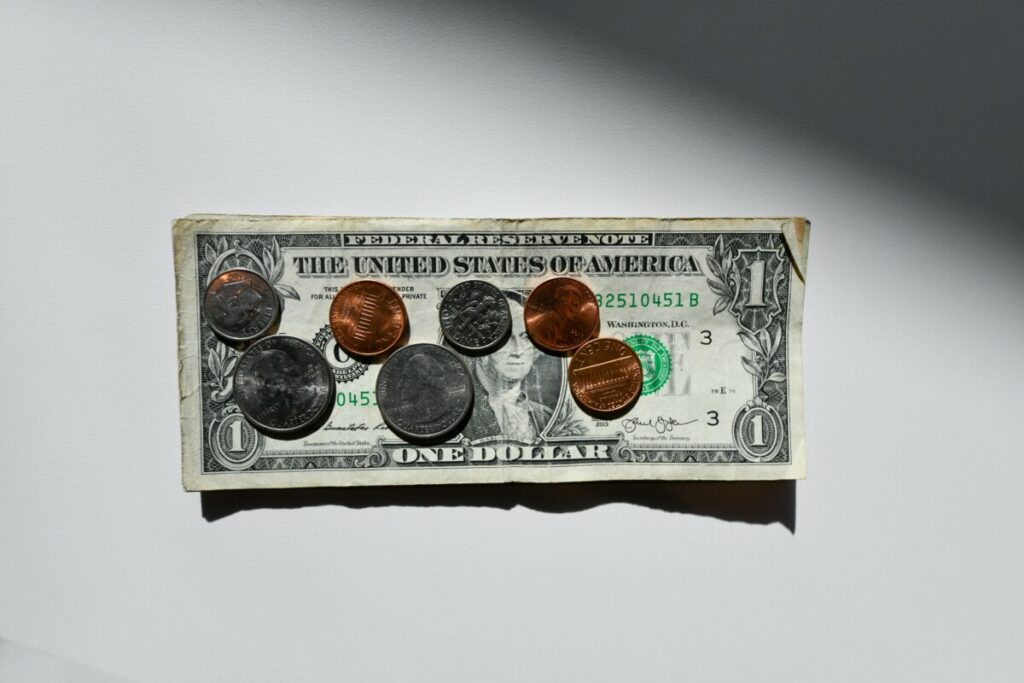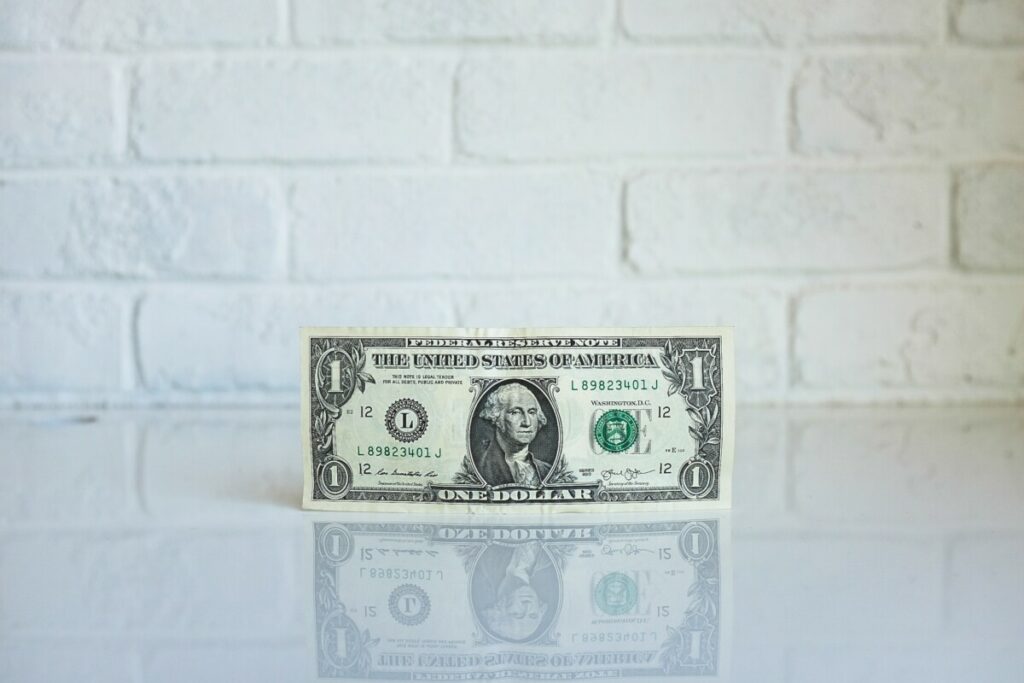Do You Feel That You Are Paying One Etsy Fee Too Many? Find Out How to Reduce Fees.
Etsy is an e-commerce platform that acts as a marketplace for selling vintage items, handmade goods, art, crafts, and craft supplies. Etsy shop owners can also sell digital products like e-books, templates, and patterns that customers can download.
Etsy makes it possible for creators to sell their creations online to a wide audience, but Etsy seller fees add up quickly, which can make it hard to make a profit on the platform.
How Much Does It Cost to Sell on Etsy?
Product pricing on Etsy can be tricky. This is due to the many Etsy fees that the platform charges. The sale price has to take into account a number of fees, such as
Listing fees
Transaction fees
Processing fees
Etsy ads, and lots more.
In this article, we’ll look into all the Etsy fees that you will need to pay so you know how much Etsy takes per sale. Needless to say, to run a store on this marketplace, you must know how much it costs to sell on Etsy.
Fees in Detail
How are Etsy Fees Processed?
Etsy fees are processed through Etsy Payments. This gives buyers the option to choose from a list of alternative payment options, including PayPal, Apple Pay, Google Pay, and Klarna.
Processing Fee
Every sale you make is subject to a payment processing fee. Payment processing rates vary according to the payment processing service you decide to use and the tax or VAT that applies to your region.
If you choose to use Etsy Payments as your payment processing system, the processing fee will depend on where your bank is located.
In the US, the payment processing fee is 3% + $0.25. If you are from another region, you can consult the Etsy Help Center to find out what you will have to pay. The payment processing fee is a mandatory Etsy fee.
Transaction Fee
In terms of Etsy fees, this is a bit of a downer. The marketplace takes a 6.5% transaction fee for every sale. This fee is charged on the total cost of the item, including shipping and gift wrapping if you charge your customers for it.
The transaction fee charged shows up on your Etsy Payment account. Etsy collects the transaction fee as soon as someone buys something.
Listing Fee
This is one of the basic Etsy fees. When you post a new product, Etsy charges you for it. You pay $0.20 for every product listing. The charge is for listing the product, not for selling it. So, even if it just sits there, Etsy will charge you.
There is a catch though. The fee that you pay only lists the product for four months. After four months the listing is automatically renewed and you are charged again. This has annoyed Etsy store owners no end over the years.
If you don’t want to be charged again, you must disable this feature in your dashboard.
Within four months, you can edit your products without being charged.
Additional listing fees are auto-renew sold, multi-quantity, and private listing fees.
Auto-renew Sold Fee
This feature automatically replaces a product when it’s purchased, so you don’t have to do it manually. Sellers are charged the standard $0.20 listing fee for this feature.
Multi-quantity Listing Fee
These are the fees Etsy collects when you have different variations of a product for sale in a single listing. You will be charged a listing fee for each product a customer buys.
For example, if you have more than one shirt in stock, and a customer purchases two shirts in different sizes, you will be charged the original $0.20 fee plus an additional $0.20 for the second shirt.
If your listing has ten items, and you sell them all, you will be charged as follows: $0.20 for the listing, and an additional $1.80 if you sell all of them.
If you renew the listing again with ten items, you’ll be charged the flat $0.20 for the listing.
Custom Items and Reserved Listings
Sellers can use Private listings if they want to post a particular product for a private sale to a particular buyer, or they can reserve a listing for a buyer who wants to set aside a product for later.
Once a seller publishes such a listing, Etsy sends the buyer an email with a button to purchase the product.
Private listing fees cost the $0.20 standard fee.
Check our our article on Customer service at Etsy & 14 Unique Etsy gift ideas.
Etsy Offsite Ads Fee
Offsite ads are Etys’s commitment to helping Etsy shop owners succeed. These are ads that appear on third-party websites such as Google, Facebook, and others that Etsy pays for. So, without you doing anything, your products are marketed to a large audience without you having to lay out a cent.
However, this privilege comes at a price. Whenever someone clicks on the offsite ad about your products and then goes ahead and buys from your shop, you will make a sale, but you will also be charged a percentage of the sale.
If you are participating in the Offsite Ads, your products may appear across Etsy’s own marketing and advertising channels, including Etsy’s Facebook, Google, and display ads.
But this is not free to Etsy sellers, who are charged as follows.
If your sales through the marketplace were less than $10,000 within the last year, you will be charged 15% of the order total for your participation in the Offsite Ad program. Should your business make more than $10,000 you’ll only pay 12% of the order total. In both cases, Etsy undertakes to never charge a store owner more than $100 per item sold.
Etsy Ads
Sellers can market their products within the marketplace via Etsy Ads. Etsy ads typically cost between $0.2 and $0.5 per click, and sellers are only charged when a visitor clicks on one of their ads.
Sellers can set a budget that limits the amount they will pay for onsite ads every day. The daily budget for Etsy ads ranges from $1 – $25, and a business owner pays from $0.20 – $0.50 when an ad is clicked.
This is one of those Etsy fees that are not mandatory, but useful if you want to market your products and increase your chances of a sale.
Currency Conversion Fee
Etsy conducts all its business in US dollars. If you are selling items in other currencies, all of the abovementioned charges will still be charged in US dollars.
If your bank is in a region that operates in a different currency, Etsy will convert your funds to your local currency before transferring it.
The currency conversion fee is an additional 2.5% of the total sale amount. Because of this fee, Etsy advises users to list their pricing in the same currency as their bank account.
The platform currently supports 21 currencies.
Sellers who have a standalone PayPal account are not subject to currency conversion fees, so this might be a more affordable option for sellers who sell internationally.
Shipping Fees
Etsy shop owners have the option to purchase shipping labels through Etsy at a discounted price.
The charge for shipping labels depends on the shipping carrier, weight, and dimensions of the package, and where the package is going to.
Shipping labels contain crucial information that helps sellers monitor their orders. You can design your own shipping label to increase brand loyalt and, build customer satisfaction.
The information on shipping labels safeguards the safe delivery of products to your customers.
What is the charge to you? The cost of the delivery is covered by the 5% transaction fee. Shipping labels are extra.
Does an Etsy Shop Have to pay VAT and Sales Tax?
Etsy doesn’t charge VAT but the platform is required by law to collect VAT and remit it to the relevant tax authority.
Etsy is also required to collect VAT on payment processing fees in eligible countries. You can consult Etsy’s Help page to see what taxes apply to your country.
Like all retailers, Etsy is obliged to collect tax, which it sends to government authorities on a monthly basis.
Due to marketplace facilitator laws, Etsy automatically calculates, charges, and remits sales tax for products shipped to certain states. Consult the Etsy Help page and your local tax authority to make sure about the tax applicable in your region.
Etsy does all the tax calculations for shop owners, but shop owners can choose to opt out of the service and take the task upon themselves.
Regulatory Operating Fee
In specific countries, sellers are charged a Regulatory Operating fee due to new regulatory standards for digital transactions, aiming to balance costs with in-person selling fees. Increased costs of business have resulted in Digital Services Tax policies.
With regulatory operating fees, sellers are charged a percentage of the total cost of the product, including the shipping cost, and gift wrapping. The countries and percentages charged are:
United Kingdom – 0.32%
France – 0.47%
Italy – 03.2%
Spain – 0.40%
Turkey – 1.1%
Etsy guides recommend that sellers list their products in the same currency as their payment account currency so they can avoid foreign exchange charges.
Etsy Fee When Connecting Your Store to Square
Etsy store owners can now sell their wares offline and in person at markets and other events with the help of Square. This is possible since Etsy has entered into an agreement with Square Reader for in-person sales.
When you sync your listings with Square, you will pay the same listing fee of $0.20. You stand to save money if you sync your listings with Square and use the card reader for payments. Square has a small transaction fee. You pay a total of 2.6% – 3.5% compared to the 6.5% transaction fee and payment processing fee that Etsy charges.
This is a very welcome development that offers sellers more opportunities to make sales and build relationships with customers. Just as you can sell online to buyers in many regions, the Square POS allows you to peddle your wares anywhere you choose, which may be across a large city or an entire geographical region.
You won’t need to pay an extra fee for items sold through Square, but the same $0.20 auto-renewal listing fee will apply. The service is available to sellers in the US, UK, Canada, and Australia.
Fees That Apply to Pattern
The pattern is Etsy’s website builder. The pattern is a subscription-based service, and it costs $15 per month. If you choose the annual billing option, you will save 20% on the cost.
In addition to the subscription fee, sellers will need to pay for a customized domain, otherwise, they’ll end up with a domain that reads shopname.patternbyetsy.com. This will cost between $13.00 and $98 annually.
With Pattern, Etsy sellers can build a customized website with their own branding, helping them to stand out amongst other sellers.
You won’t need to pay a listing fee if you list products on Pattern. There is also no transaction fee on Pattern. The usual processing and currency conversion fees apply.
However, there is a catch.
It’s important to understand that your Etsy website does not replace your store on Etsy – they are two separate entities. If you intend to list on both Etsy and your Pattern website, you will have to pay the $0.20 listing fee.
Since the Pattern website does not replace your existing Etsy store, you will have to manage each store separately, which can become tricky at times.
Fee calculator
As you can see, Etsy seller fees are not straightforward. There are so many of them to take into account, it is impossible to manually calculate, especially if you have a large inventory.
Fortunately, there are many Etsy fee calculators on the market – many of them free – that will help you determine the sale price for your products
These calculators are easy to use, automatically calculate your Etsy seller fees, and can even provide you with a break-even analysis.
Here are some ways to save on Fees
When you add up all the fees, how much does Etsy take? That’s a good question. When every fee is taken into account, the platform takes be anywhere between 20% and 25% of the total sales price. So, Etsy seller fees add up to just about a quarter of the sales price. That is huge!
Here are some suggestions for saving on Etsy fees. Don’t expect to save a huge amount, but you do know the saying: Look after the pennies and the pounds will look after themselves.
1. Lower Shipping Fees
Shipping costs are included when transaction and Payment fees are calculated. If you can find a cheaper courier so your shipping fees are reduced, the amount Etsy takes will also be reduced.
Should you offer free shipping? Yes and no.
If you have high-profit margins, you may be able to offer free shipping without giving up too much of your profit.
Etsy encourages sellers to offer free shipping because it’s popular with buyers. However, this tactic only makes sense for the seller if it leads to more sales and the math works out.
Hiding shipping fees in a high product price is not sustainable and you don’t save money in the end because the fee works out the same whether shipping is included in your prices or added afterward.
2. Reduce the Countries You Ship to
Choose the countries you ship to carefully. Some are more expensive than others. Depending on the country you choose, you can reduce your Etsy fees.
The more it costs you to ship an item, the more money Etsy will take from you, cutting into your profits. For a seller with low-profit margins, it may not be worth it to ship internationally.
3. Use the Same Currency for Your Pricing and Your Bank Account
Setting your prices in your bank account currency will allow you to avoid Etsy’s 2.5% currency conversion fee.
It is also advisable to open a separate bake account for your online business to simplify your personal and business finances by keeping them apart.
4. Offer Private Listings
When a visitor messages you with a question about a product, use it as an opportunity to offer a private listing for them. You will save on the $0.20 listing fee because Etsy will only charge you if the product sells. If the customer buys multiple items, you will end up paying only the one $0.20 listing fee, and not a fee for each item.
5. Reduce Your Listings
Don’t make the mistake to list products just because you make them or have them in stock. Be choosy about what products you list. You don’t want to appear like a factory turning out trinkets. You want customers to value you as a creator or curator of usual finds.
If you offer a huge range of products, shoppers may not regard them as unique, which can damage your reputation and lead to fewer sales. In addition, your costs increase, but your revenue is not growing.
6. Turn Off Auto-renew
Auto-renew is a default setting and it costs you money. It may be a good idea to be selective about the listings you keep on auto-renew. If a product just sits in your shop month after month it doesn’t make sense to keep spending $0.20 on it every four months. Keep that spot for your products that sell.
7. Sell Your Products in Bundles
If you have items that can be sold in multiple quantities, offer them in bundles. If a customer decides to buy six of the same item, you will pay a $0.20 fee for each item. But, if you bundle the six items and sell them as one unit, you will still be charged $0.20. You won’t be charged 6 x $0,20.
Should You Consider an Alternative E-commerce Platform?
Etsy may be the most well-known platform for selling handmade and vintage items, but it certainly isn’t the only one.
The competition on the platform is ferocious, and the Etsy seller fees are choking many of the businesses operating on it.
It is certainly worth looking at alternative online marketplaces that might work out cheaper or have other benefits that would justify a move.
The top marketplaces that are popular for selling handmade items are eBay, Amazon Handmade, and Shopify. With Shopify, you can build your own website and use it as an online store to sell your products.
Having your own online store gives you a customized platform to showcase and sell your products. And it offers unique marketing opportunities. You can build relationships with your customers, and you can promote your brand in any way you see fit.
Best of all, you will have control over pricing.
Marketplaces like Amazon and eBay and Amazon Handmade have their own benefits and drawbacks, so it’s essential for a prospective seller to investigate each one carefully in order to know which one would be best for their business.
Which alternative is best for selling crafts?
Amazon Handmade may be an option. It is also a marketplace that was created specifically for selling and marketing handmade products.
It charges no listing fees and offers integrated Amazon Prime shipping options. A seller can also make use of Amazon’s fulfillment service. However, Amazon Handmade takes a 15% referral fee for each sale.
Amazon Handmade may be a better choice for a seller that sells a high volume of products at relatively low prices, because of the free product listings and fulfillment services.
Of course, the competition on Amazon Handmade is even worse than that on Etsy!
Look into WowMakes
WowMakes is another marketplace for unique handmade products. The platform has no listing fees, and takes no commission on sales. The only fee WowMakes takes is the transaction fee of 2.9% plus $0.30 when a seller requests a withdrawal. Those that register for the WowMakes Plus, pays a monthly fee of $3.
In addition to its low fees, WowMakes has a range of features to help creators showcase their products, manage their shop, and connect with their customers. The platform offers everything you need for an online business, including product listing, order processing, and shipping.
So, if you’re looking for a marketplace that won’t cost you an arm and a leg to run your business, WowMakes may be worth checking out.
So, How Much Does Etsy Take?
The short answer? More than you want it to take. When all is said and done, Etsy takes between 20% and 25% of the total sales price. That’s a huge chunk of your revenue. Maybe you feel that the opportunity the platform provides for you to have a business online justifies what it costs you.
If that’s the case good. If not, it may be time to start looking at alternatives.




